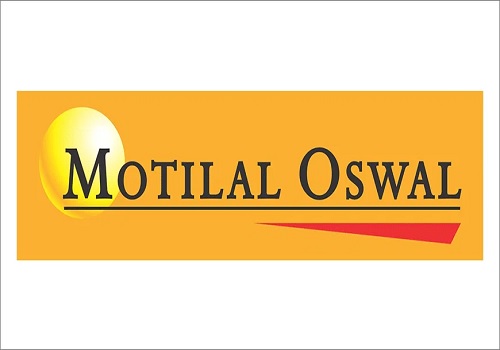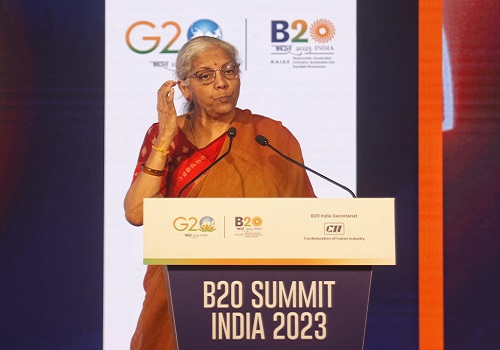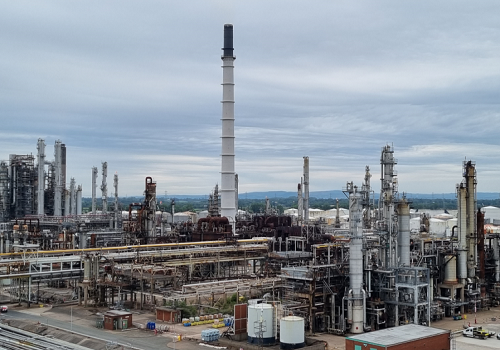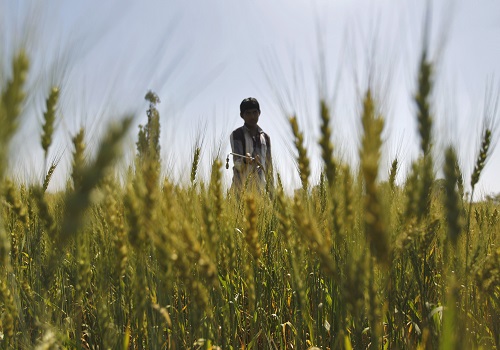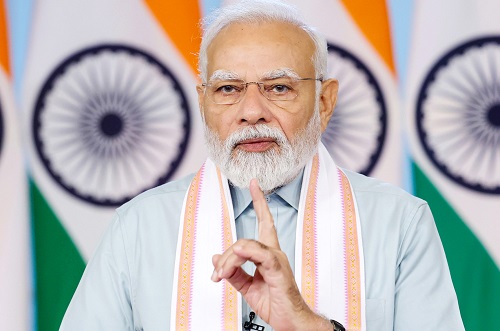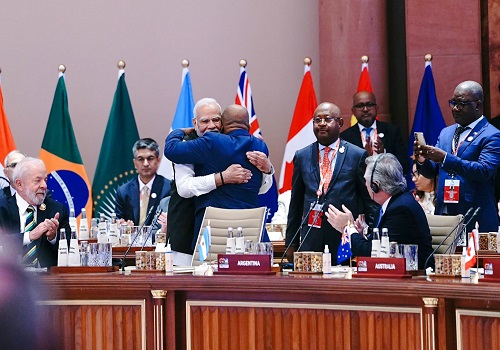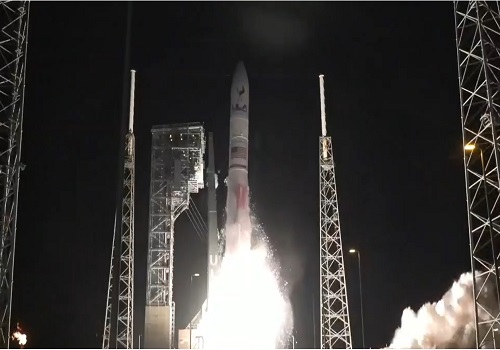Chandrayaan-3 moves closer to moon, lander to separate tomorrow
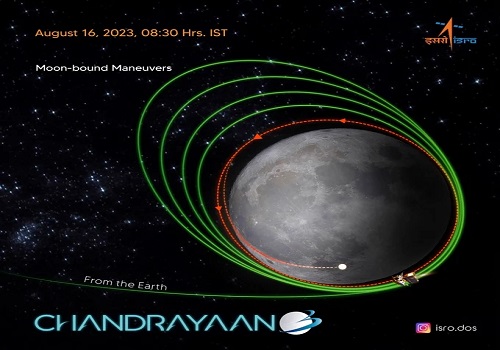
Moving India’s Chandrayaan-3 spacecraft closer to the moon on Wednesday, the Indian Space Research Organisation (ISRO) said the lander module is slated for separation from the propulsion module on Thursday.
“Today’s successful firing, needed for a short duration, has put Chandrayaan-3 into an orbit of 153 km x 163 km, as intended. With this, the lunar bound maneuvres are completed. It’s time for preparations as the Propulsion Module and the Lander Module gear up for their separate journeys. Separation of the Lander Module from the Propulsion Module is planned for August 17, 2023,” the space agency said in a tweet.
The Chandrayaan-3 spacecraft comprises a propulsion module (weighing 2,148 kg), lander (1,723.89 kg) and a rover (26 kg).
The main purpose of India’s third moon mission is to land the lander softly on the moon.
The Chandrayaan-2 mission failed as the lander called Vikram crashed on to the moon.
According to the ISRO, the lander is expected to make a soft-landing near the South Pole of the moon on August 23 at 5.47 p.m.
The lander will descend to the moon from a height of about 100 km from the moon's surface.
The soft landing is a tricky issue as it involves a series of complex manoeuvres consisting of rough and fine braking.
Imaging of the landing site region prior to landing will be done for finding safe and hazard-free zones.
Subsequent to the soft landing, the six-wheeled rover will roll out and carry out experiments on the lunar surface for a period of one lunar day which is equal to 14 earth days.
The Chandrayaan-3 was put into orbit on July 14 in a copybook style by India's heavy lift rocket LVM3.
The spacecraft completed orbiting around the earth and headed towards the moon on August 1.
On that day a successful perigee-firing performed at ISTRAC, the ISRO had injected the spacecraft into the translunar orbit.
